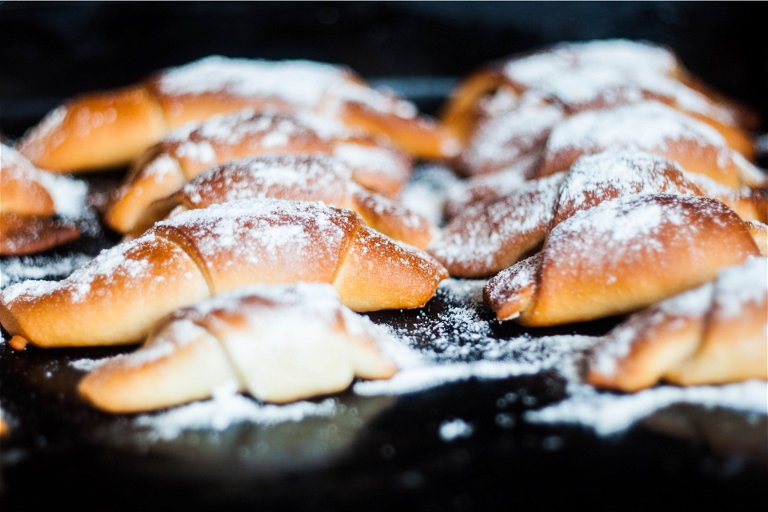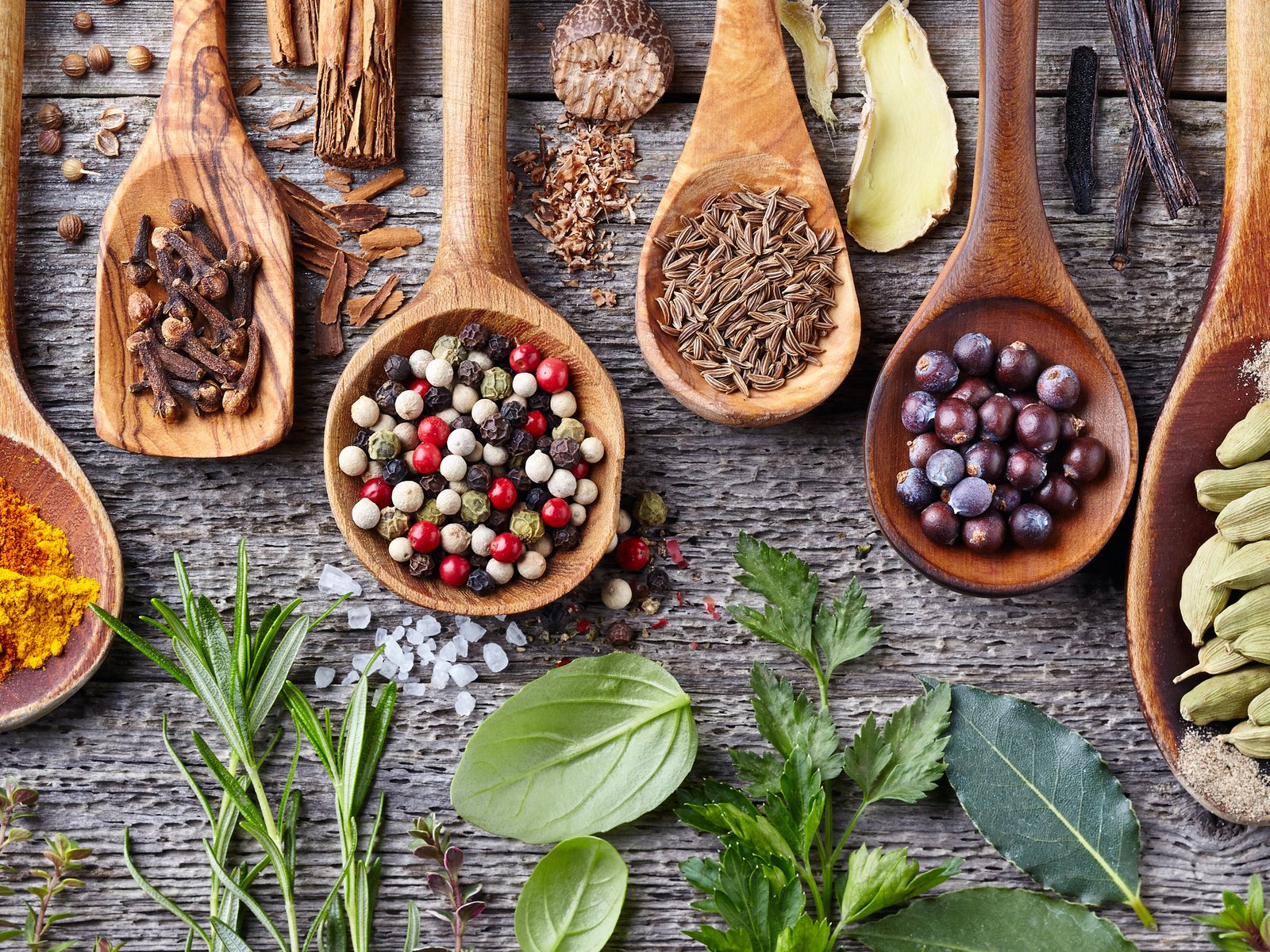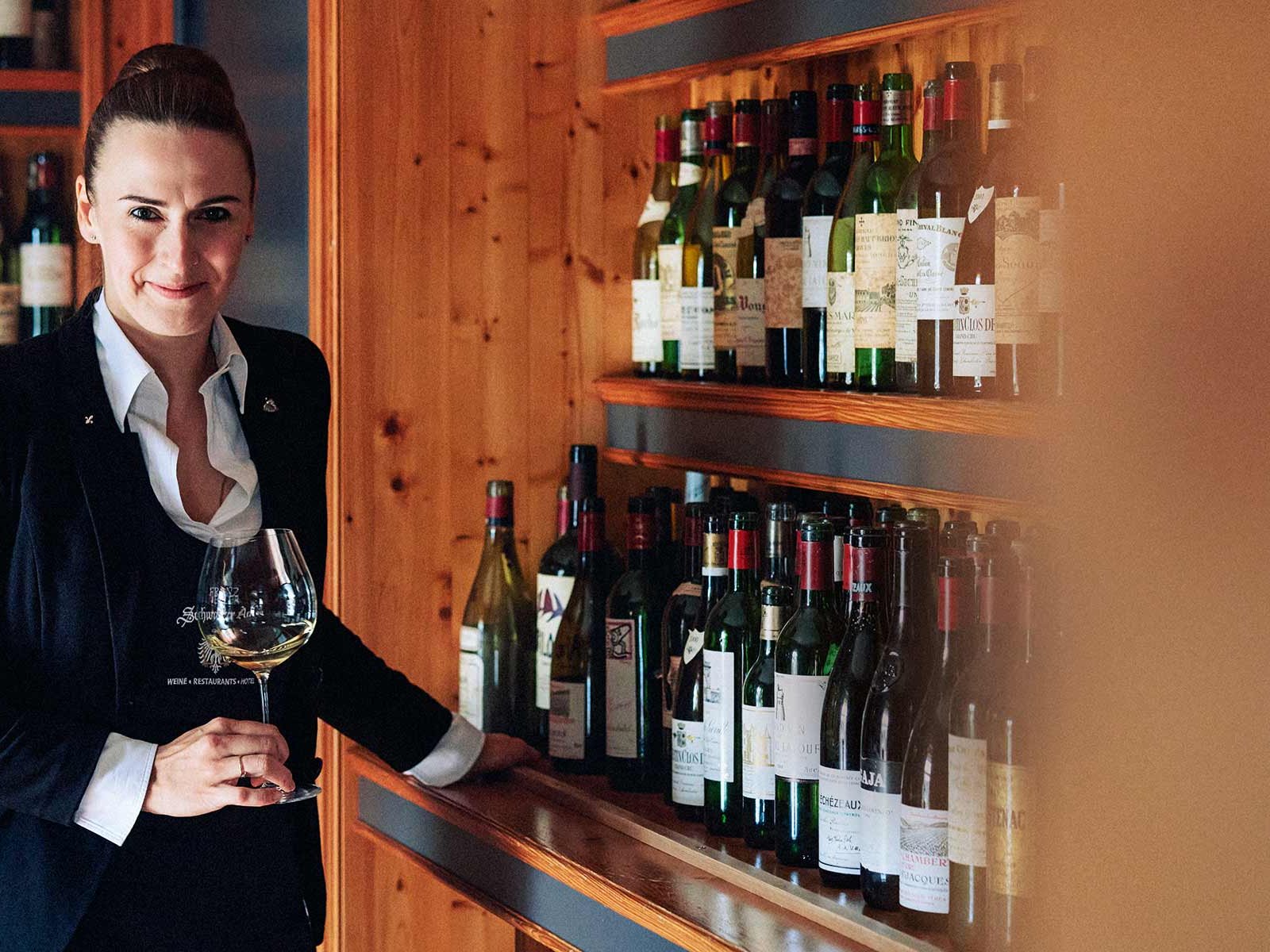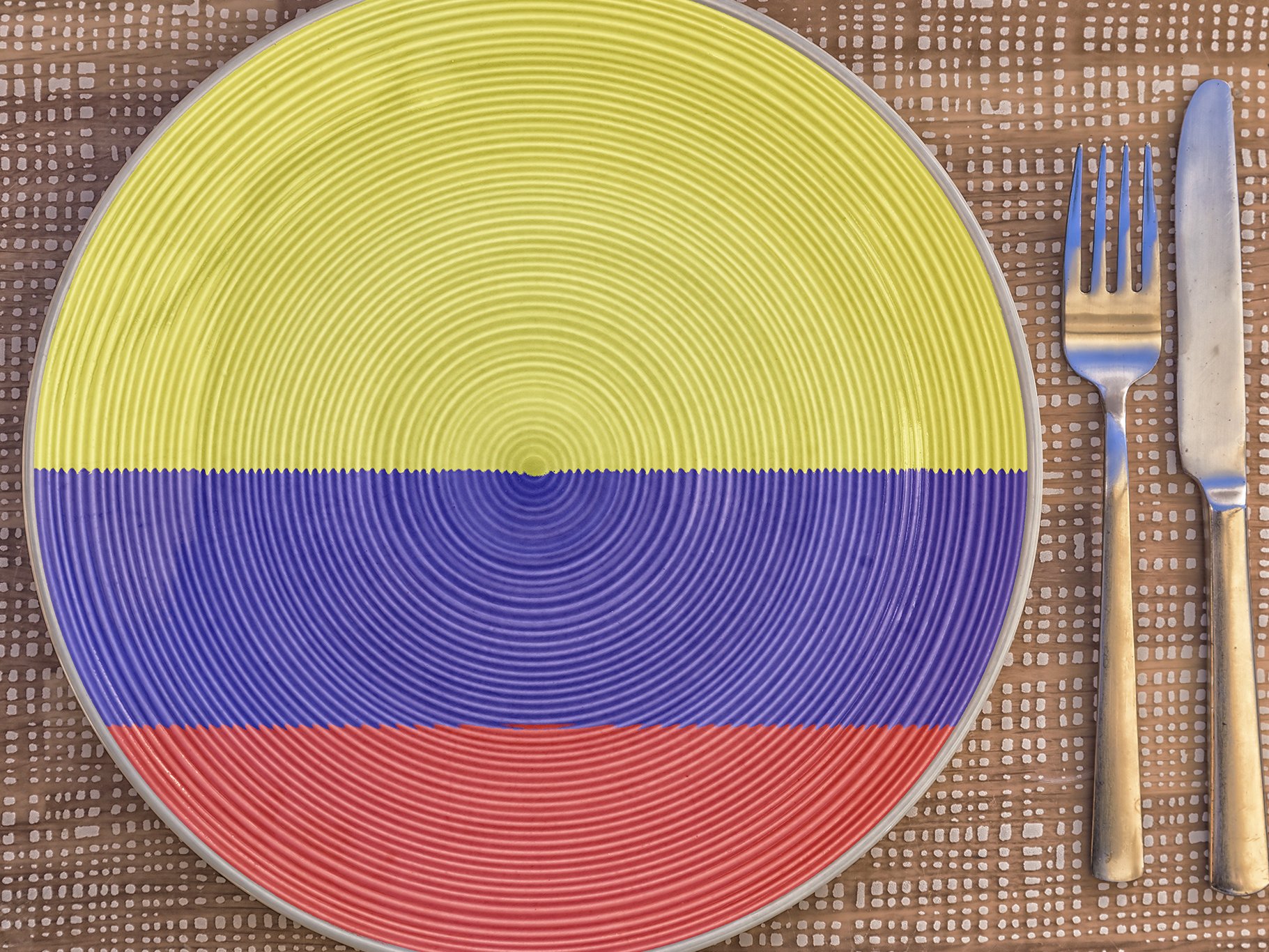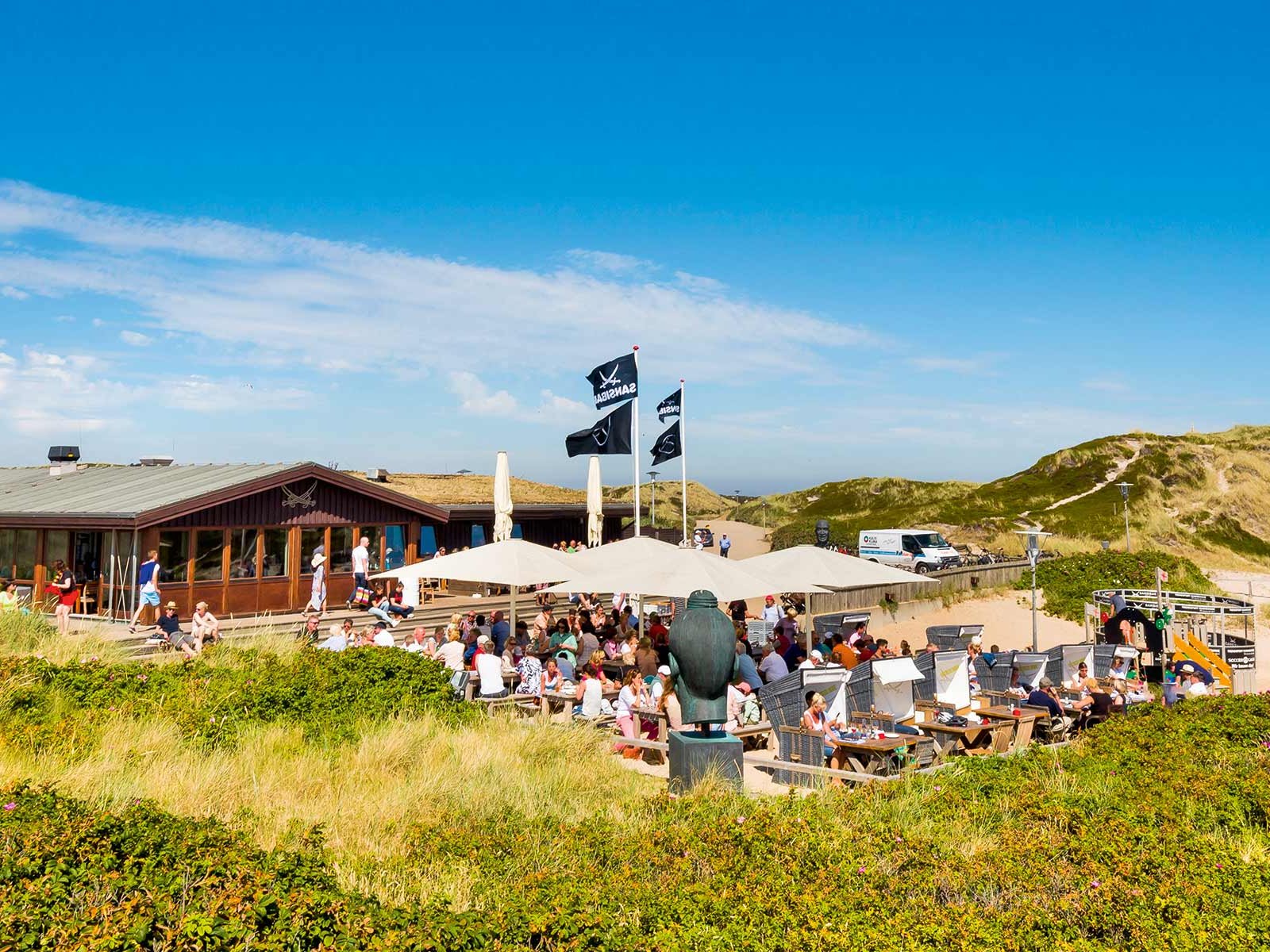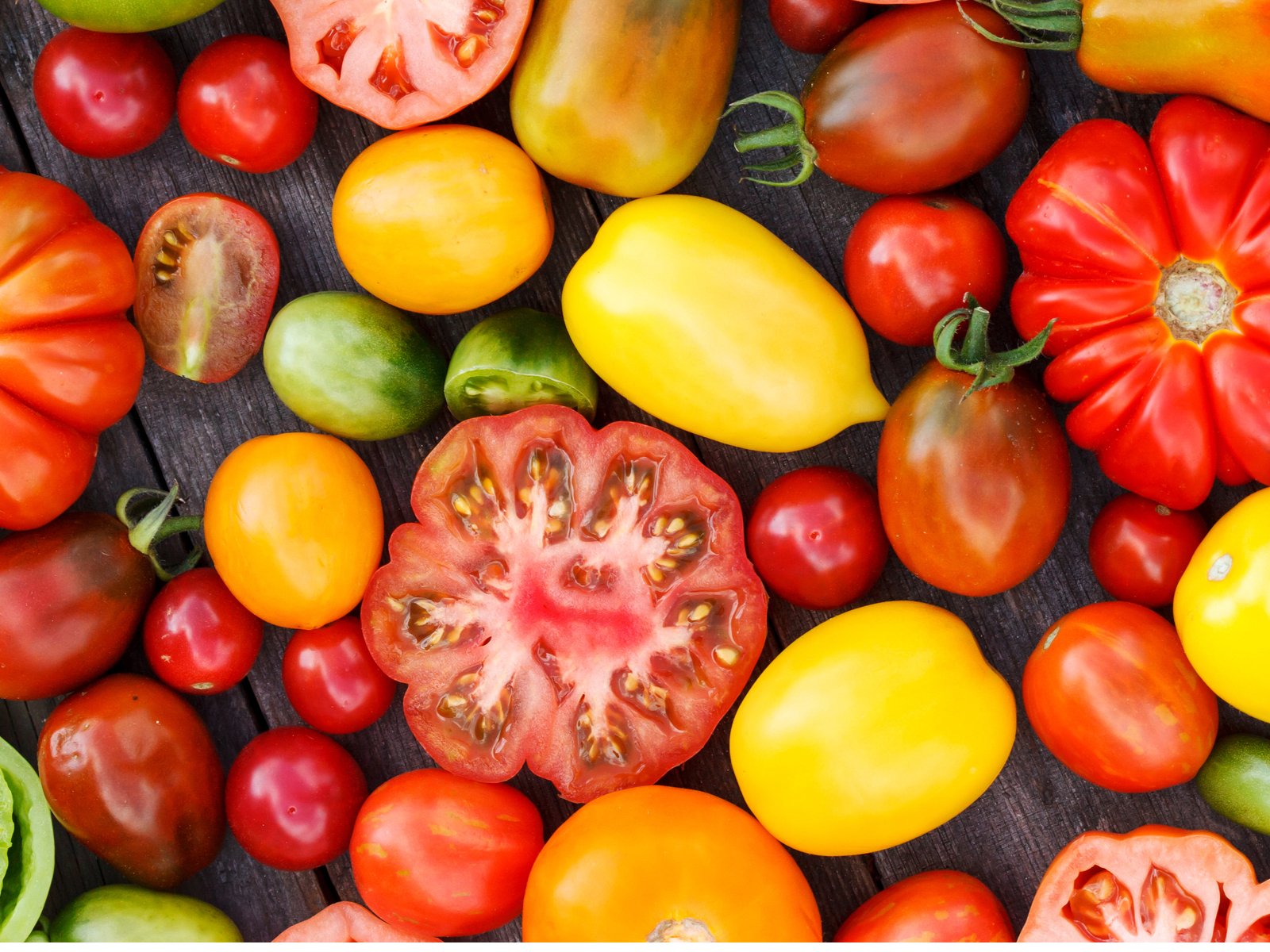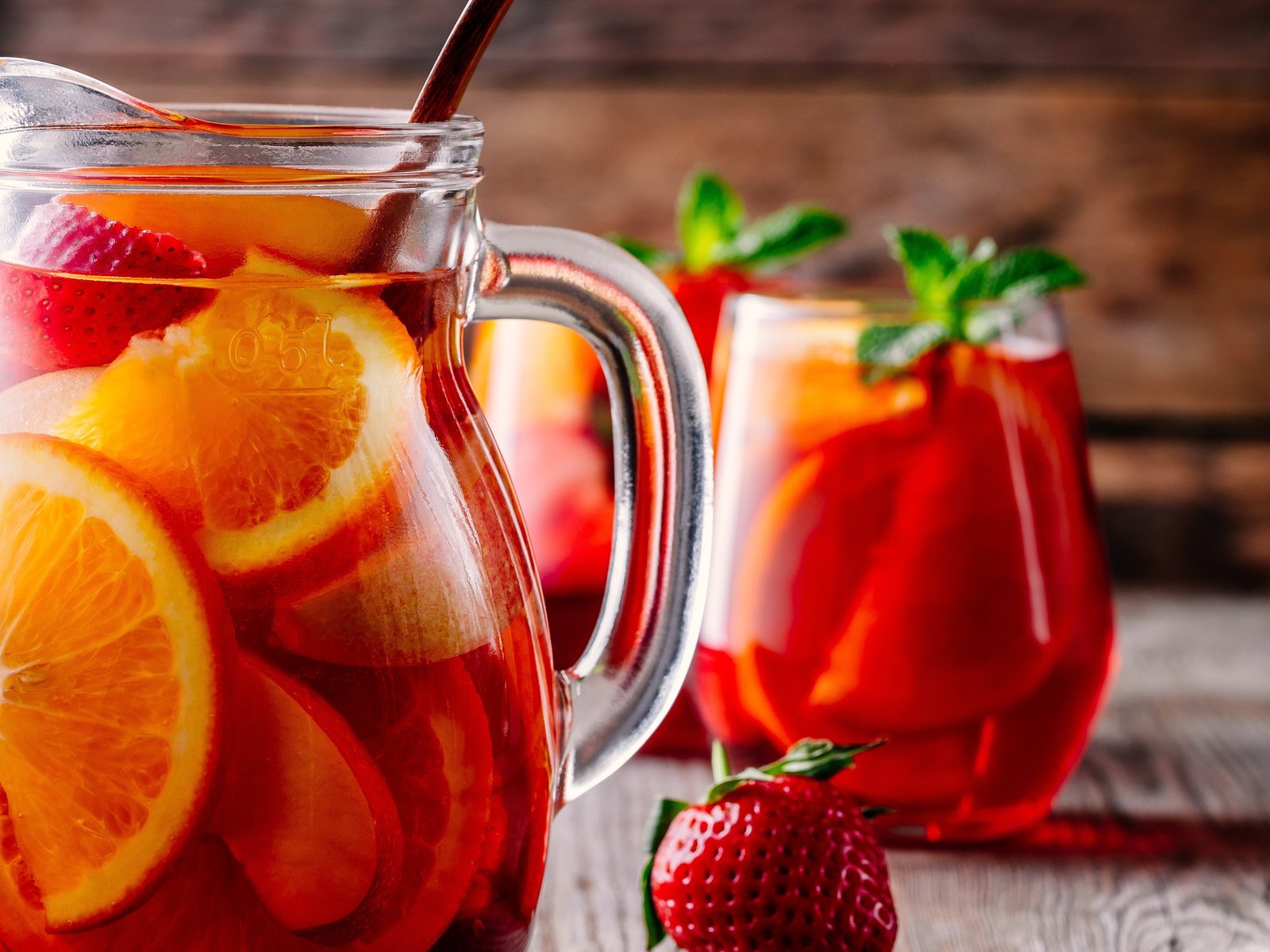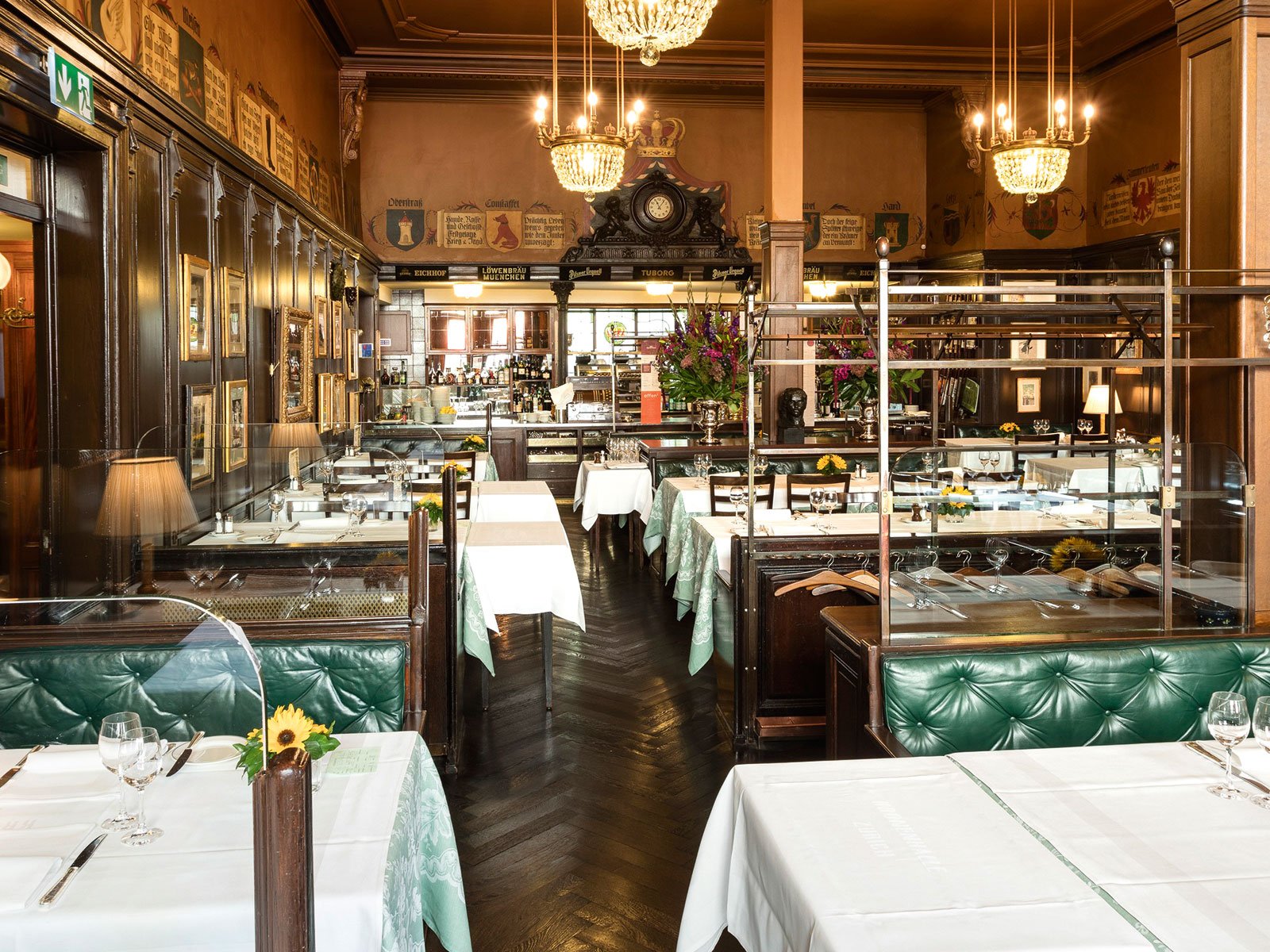The Five Best Dishes to Celebrate Hanukkah
November 28 this year heralds the arrival of Hanukkah, the Jewish festival of lights. We have the five best foods to mark the occasion.
Hanukkah, the festival of lights, is observed by the lighting of candles on each day of the festival. It reaffirms the ideals of Judaism and is one of the most joyful and indulgent festivals in the Jewish calendar.
The timing varies each year according to the Hebrew calendar, this year it starts on Sunday 28 November and runs to 6 December – well before Christmas and thus ideal to justify celebrating both with gastronomic abandon. It is the time when eating foods fried in oil and drizzled with honey is enthusiastically encouraged!
What is Hanukkah?
The candles are lit on a menorah, a candelabra with nine branches, known in Hebrew as a hanukkiah, as a reminder of the miracle of the everlasting oil of the Second Temple of Jerusalem.
During the second century BC, small group of Jewish rebels, known as the Maccabees, triumphed against their oppressors the Greek-Syrians, who had desecrated the temple by erecting an altar to Zeus and sacrificing pigs within its sacred walls.
The Jews' leader, Judah Maccabee, called on his followers to revitalise the Second Temple, rebuild its altar and light its menorah — whose branches represent knowledge and creation and were meant to be kept burning every night.
Commemorating the miracle of light
Even though there was only enough untainted olive oil to keep the menorah’s candles burning for a single day, the flames continued flickering for eight nights, giving them time to find a fresh supply. This inspired the Jewish sages to proclaim an eight-day festival.
On each of the holiday’s eight nights, another candle is added to the menorah after sundown; Jews typically recite blessings during this ritual and display the menorah prominently in a window.
Celebrating Hanukkah foods
Oil is a key element in the Hanukkah celebration and thus, traditional Hanukkah foods are fried in it. There’s a custom too of eating dairy foods to commemorate Judith who saved her besieged city by tricking her enemy, King Holofernes by serving him a salty cheese which made him so thirsty that he drank lots of wine.
When he fell into a drunken stupor, she cut off his head with a sword. Central and Eastern European Jews eat foods with curd cheese and sour cream such as blintzes, cheesecake and rugelach, miniature crescents made with a dough containing curd cheese. Sephardic or Mediterranean Jews eat cheese bimuelos.
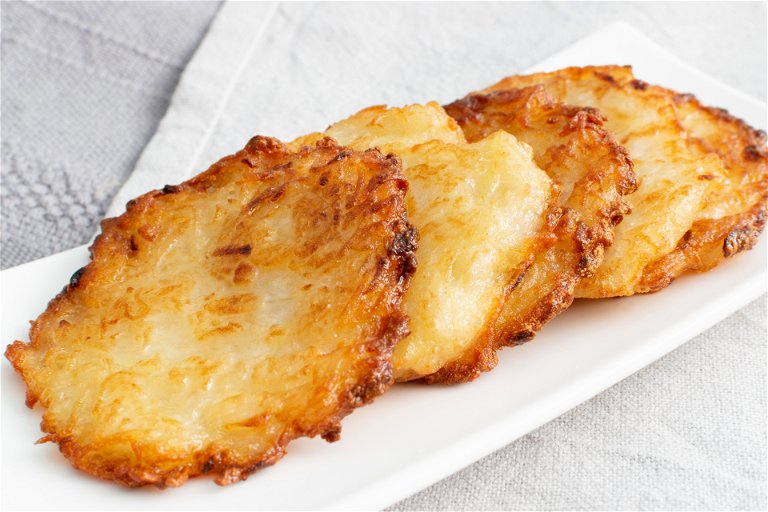
Sufganiyot
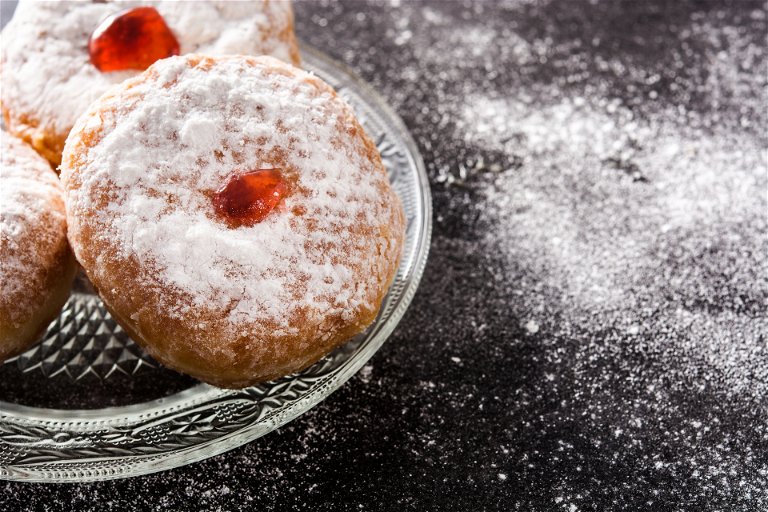
Latkes and Keftikes
Grated potato fritters, known as latkes, have been the Ashkenazi Hanukkah treat ever since the arrival of potatoes from the New World. They are served either as an appetiser, usually with applesauce, or as a side dish to the Hanukkah turkey or goose or as a teatime treat sprinkled with cinnamon.
Successful latke making relies on paying obsessive attention to the grating (after grating potato and onion, leave salted for 20 minutes in a sieve, squeeze thoroughly to remove all potato starch liquid, gently mix and cook in 1cm of cooking oil over a medium-high heat until the exterior crisps up and the interior softens beautifully. Keftikes are a go-to savoury fried Hanukkah food for Spanish Jews. These have similar ingredients to Ashkenazi potato latkes but include bright green leeks.
Sufganiyot
A cross between a beignet and a jam doughnut, sufganiyot (pronounced soof-gone-yot) are golden, airy pillows of doughnut oozing with jam that are eaten around the world for Hanukkah. In Israel and New York, it has become popular to ‘pimp’ these yeasty pastries dusted with icing or cinnamon sugar with all manner of alternative fillings, though traditionalists ‘kvetch’ (Yiddish for complaint) at such travesties.

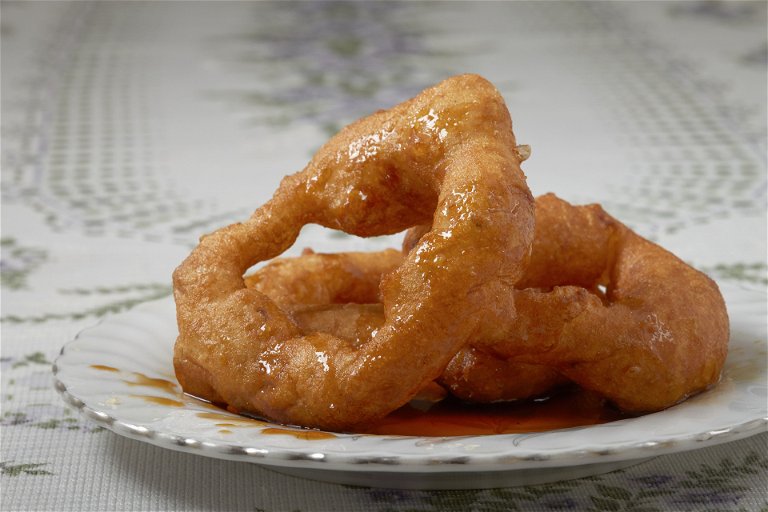

Bimuelos
Bimuelos are the Judeo-Spanish name for flour and yeast fritters in syrup. In the Middle East, and especially Iraq, they are crispy golden coils and squiggles of fried dough known as zengoula. Jews have lived in Iraq since about 586 BC and until the early 20th century more than a quarter of Baghdad’s population was Jewish.
Parisians can find bimuelos in a Tunisian bakery on Rue des Rosiers in the Marais district and they are also sold in Arab bakeries in Israel. In India, the fritters are known as jalebi.
Deep fried chicken
Roman Jews eat chicken pieces marinated in lemon and garlic, dipped in batter and deep fried, sometimes served with a sprinkling of cinnamon. Among Moroccan Jews, fried chicken is incorporated into a tagine and served with buttered couscous.
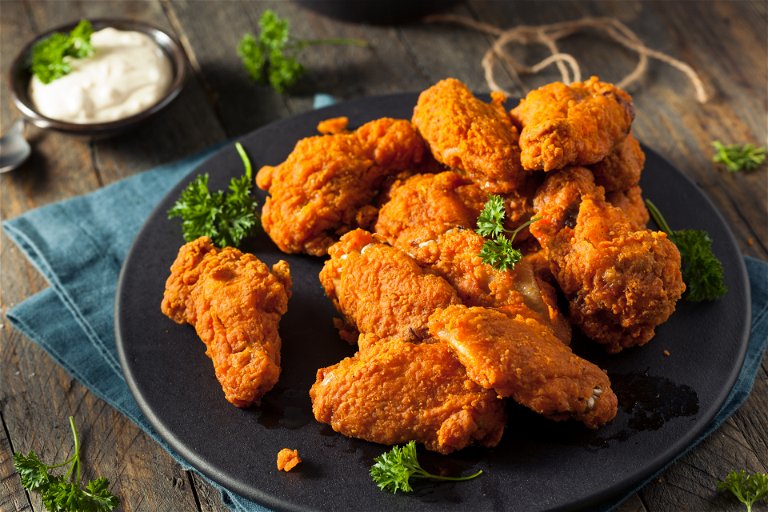
Rugelach
Rugelach are tiny pastry crescents rolled from pastry made with cream cheese, like mini strudels. They are utterly addictive. Traditionally they are made with dried fruit and nuts. They can be improvised with nuts, vanilla cream or chocolate.
